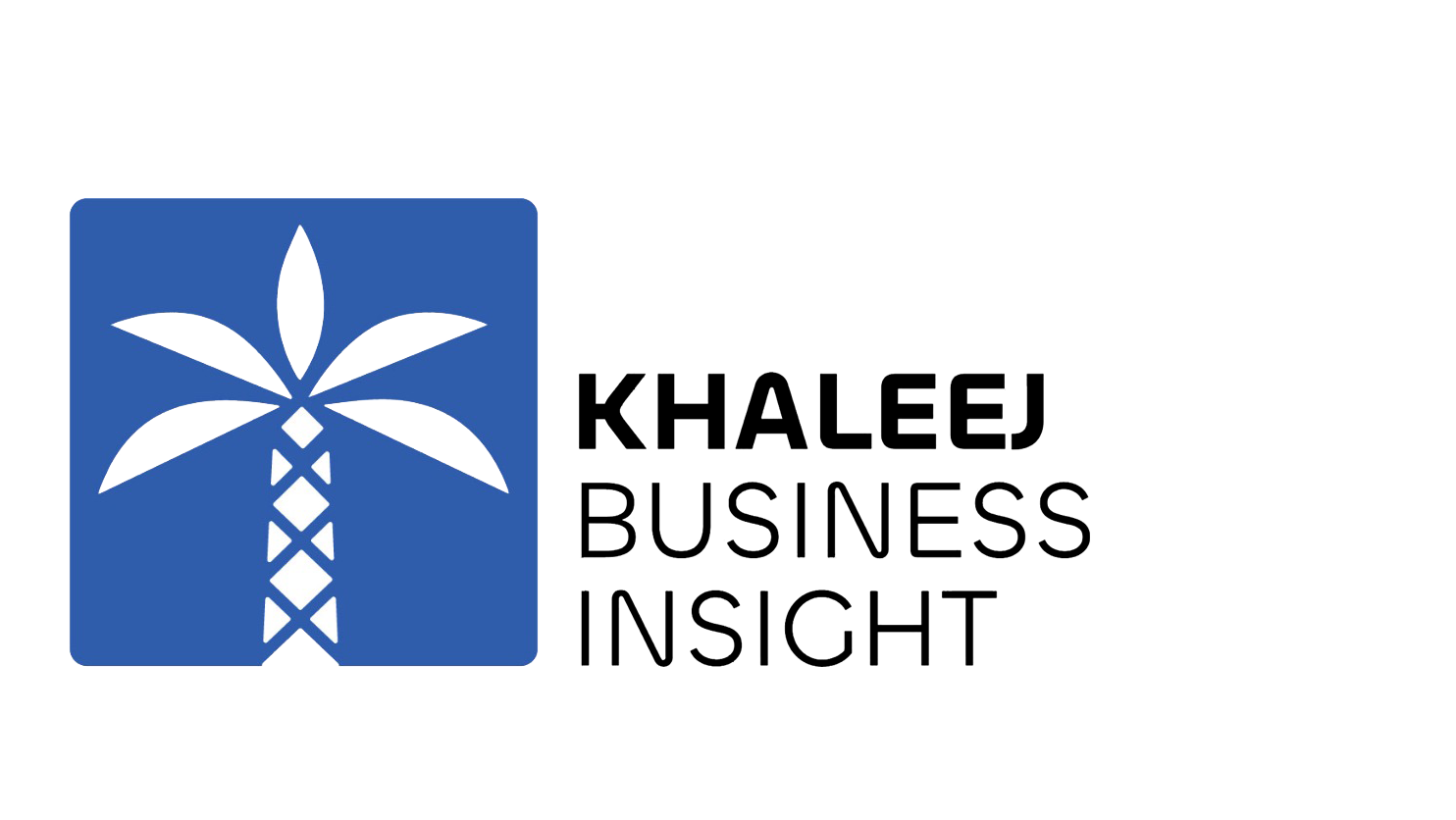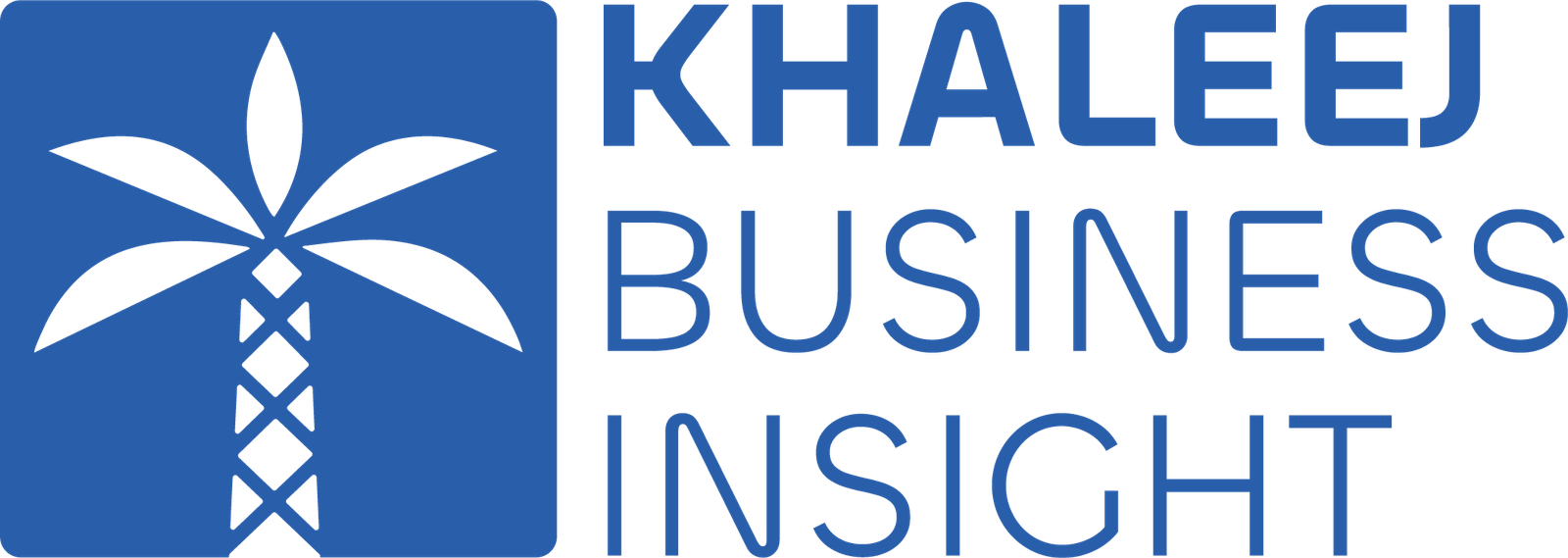Gold as a key alternative asset is, therefore, reshaping how UAE investors structure their portfolios. In a world of shifting market cycles and tightening liquidity, investors in the UAE increasingly turn to gold to strengthen their investment strategies.
Traditionally seen as a safe haven, gold now, however, plays a broader strategic role. Unlike many private market assets, gold, in contrast, provides immediate liquidity. That’s why more investors, consequently, include it in their portfolios as a steadying force amid growing volatility.
Moreover, recent research confirms this shift. Portfolios that allocate 5–8 per cent to gold consistently achieve higher risk-adjusted returns. Compared to portfolios without gold, those with it, therefore, show stronger resilience during stress. For example, simulations revealed that gold, notably, reduced maximum drawdowns by nearly 4.4 percentage points. This, in turn, helps investors in the UAE manage unpredictable downturns more confidently.
Additionally, a key phrase from the study—gold as a key alternative asset—echoes throughout the analysis. It shows that gold offers liquidity, low correlation, and inflation protection. These traits, as a result, separate it from many traditional and alternative holdings.
Furthermore, the study also tested portfolios in crisis scenarios. Whether during interest rate hikes, equity crashes, inflation spikes, or credit spread widening, gold, importantly, helped lower losses. In all scenarios, gold, accordingly, cut drawdowns by 50 to 90 basis points. UAE investors, facing global economic shocks, understandably find comfort in these results.
Another important idea in the report is the “portfolio continuum.” Public and private markets do not, in fact, stand at opposite ends. Instead, they form a spectrum based on liquidity, volatility, and return expectations. In this view, gold as a key alternative asset, notably, connects these two worlds. It trades as smoothly as public equities but, meanwhile, acts defensively like private credit or equity during stress.
Currently, UAE investors face slower private market activity and fewer IPOs. Capital often, consequently, remains tied up for extended periods. In contrast, gold offers freedom, an easy entry and exit, plus reliable pricing. That flexibility, in turn, helps balance the rigidity of long horizon private investments.
The report also, importantly, highlights innovations like continuation funds and GP-led secondaries. Yet even with these tools, access to cash still remains challenging in private markets. Here again, gold as a key alternative asset becomes essential, effectively bridging gaps in liquidity and timing.
In the UAE, gold is not replacing private equity or credit. Instead, it complements them. It helps manage liquidity issues and, furthermore, improves portfolio durability. In the face of economic turbulence, investors, ultimately, view gold as the anchor in their expanding mix of assets.





